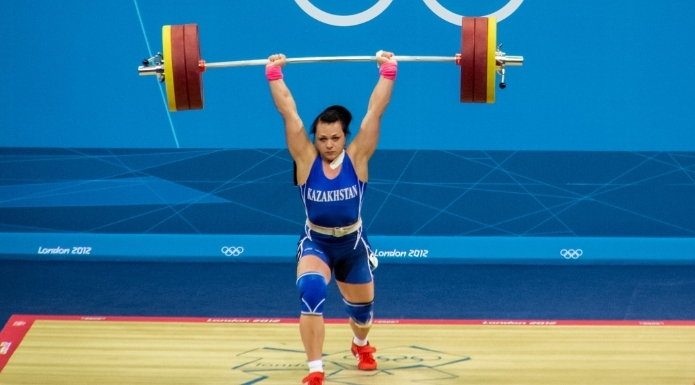Every once in a while you will hear someone calling the squat a simultaneous lift. You’ll even hear people calling the deadlift a sequential lift. What does this mean, and is it correct?

Sequential and Simultaneous Movements in Biomechanics
Well, these terms come from the description and measurement of the coordination of human movement, a branch of biomechanics called kinematics. Movements, in this context, are looked at in terms of the movement of body segments, and this means also the action of the body’s joints. You may have never given it a second thought, but during some movements, the joints act “all at once” or simultaneously and in others they act one after the other in a sequence. Most movements, however, are not really so black and white and fall in a continuum between the two. Sometimes, for instance, a movement may look to be simultaneous, but upon close observation be sequential.
Notice that I used the word movements and not lifts. That is because high force activities such as strength training lifts tend to be simultaneous movements. The squat, the deadlift, and the overhead press are all simultaneous movements. The body must call upon many large muscle groups at once to produce such maximal forces.
Sequential Movements in Sports
Speedy, but lower force movements, such as throwing a baseball, tend to be sequential. Although children may start out performing these movements in a more simultaneous way, using only the shoulder for instance, a highly skilled throwing action uses a sequential movement of the body’s segments, and a sequential rotation of the hips and the trunk, which transfers to the upper body through the action of the shoulder and on to the ball. If you’ve ever seen someone ‘throwing like a girl’ you have witnessed a novice thrower who has made the throw a simultaneous movement. So, girls don’t throw like girls! In reality, inexperienced girls or boys will display this same pattern.
Squat and Deadlift: Simultaneous Movements
In the squat and the deadlift, the knees and the hips both tend to extend at once. Tend, because not everyone is the same and some people display different movement patterns. You may see someone extending their knees first and then their hips, for instance. This is often true of the novice, which makes sense in terms of motor learning. But even some experienced lifters may use such a method. The question is, can they really produce the highest muscular force possible if the body’s segments, and therefore it’s largest muscles, are not used in a coordinated fashion? It is very hard to determine but it is safe to say, I think, that most of us must extend forcefully at all the involved joints in order to muster our highest force.
Strength training has much to do with intention. Always keep this in mind. What a maximal lift looks like, and what the lifter’s intention was, are often two different things. This is why maximal lifts are often not the best ones to use for teaching examples. When many many different high force lifts are observed, we would never be able to view them as absolutely simultaneous. But if intentions were understood, then high force lifts would fall much closer to the simultaneous end of the continuum.
Olympic Lifts are Sequential Movements
Olympic lifts are not simultaneous lifts although the initial powering up of the bar requires a strong simultaneous triple extension. In the case of the clean (and jerk) the bar must be transferred to the shoulders in the “catch” which is part of a sequence of movements that involves first getting the bar accelerating upwards then dropping down underneath and bringing the elbows beneath the bar. Then another extension is used to power the bar up in the press to overhead.
The snatch likewise requires a simultaneous triple extension but the momentum of the bar is transferred overhead in a sequential movement while the lifter drops down under the bar and subsequently returns to the upright position. In case you are confused, remember that the Olympic lifts are NOT high force movements, they are high power movements.
Watch closely the slow-motion video of volleyball spikes below (you may want to mute your speakers). What do you think? Is the spike a simultaneous or sequential movement?


